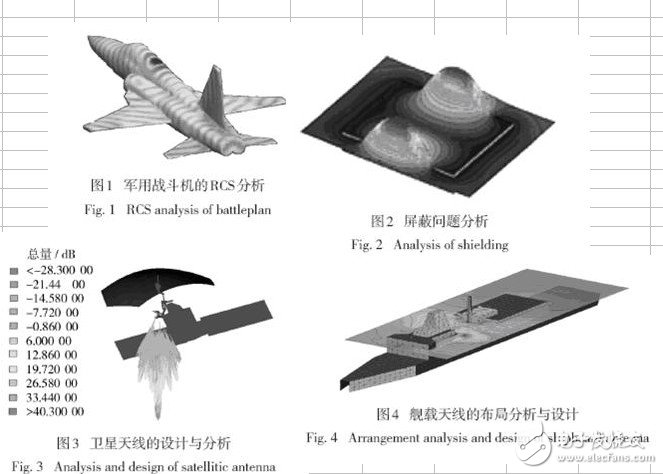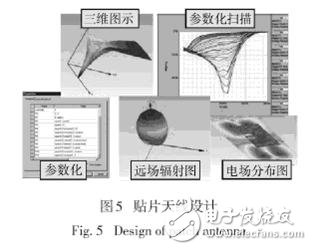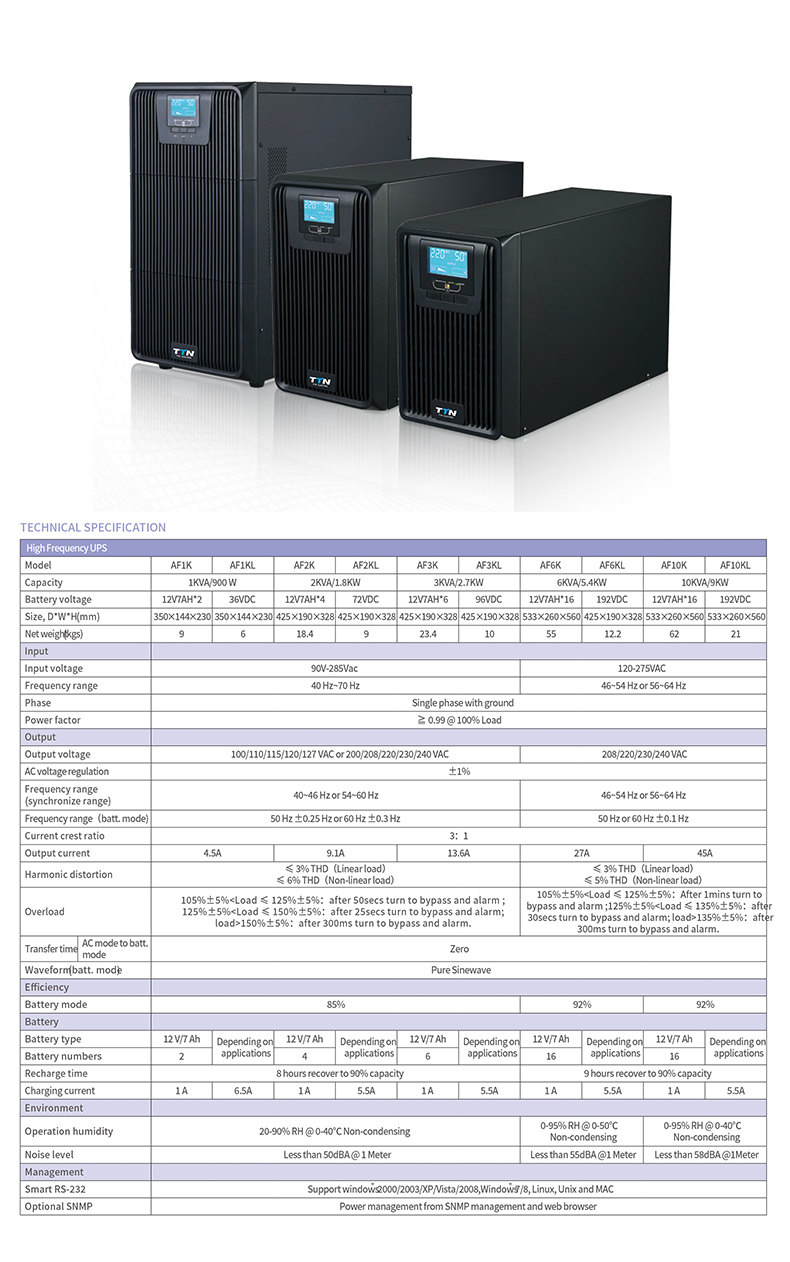Overview of foreign electromagnetic compatibility simulation development and related applications
The rapid development of computers and the continuous advancement of electromagnetic field numerical analysis methods make the guiding significance of electromagnetic compatibility simulation prediction to the design of military equipment products more and more obvious. The continuous introduction of various commercial software has accelerated this process. In the fields of electronic countermeasures, electromagnetic compatibility, etc., due to the urgent requirements of users, software that specifically guides the professional design in this field has emerged. The electromagnetic compatibility prediction and analysis technology of the world's advanced countries such as the United States, Italy, Spain, Russia, Germany, Britain, France, etc. has formed a complete set of digital simulation and optimization design software systems, and has not stopped the perfection and innovation research of numerical algorithms.
1. Overview of foreign developmentThe main computational electromagnetic methods used in electromagnetic simulation technology can be roughly divided into two categories: accurate algorithms and high frequency approximation methods. Accurate calculation methods include differential method (FDTD, FDFD), finite element (FEM), moment method (MoM), and fast algorithms based on moment method (such as fast multipole FMM and multi-layer fast multipole MLFMA). Among them, the most effective method to solve the electromagnetic problem of the electric power target is the multi-layer fast multipole method. High-frequency methods can generally be classified into two categories: one based on ray optics, including geometric optics (GO), geometrical diffraction theory (GTD), and uniform diffraction theory (UTD) developed on the basis of GTD; The class is based on wavefront optics, including physical optics (PO), physical diffraction theory (PTD), equivalent electromagnetic flow method (MEC), and incremental length diffraction coefficient method (ILDC). The PO high-frequency method is widely used because of its high computational efficiency and its ability to adapt to large targets.
Based on these methods, foreign countries have not only formed a large number of predictive simulation systems and software, but also established corresponding EMC databases, which can be carried out: 1) Electromagnetic compatibility design of various military platforms, including antenna layout design of large ship platforms, cabin interiors EMC design, EMC analysis within the system, EMC analysis between systems, etc.; 2) EMC analysis between platforms, including EMC analysis of ship formations; 3) EMP (electromagnetic pulse) simulation, various carrier EMP effects and adaptive analysis; 4) Analysis of the electromagnetic environment of the five-dimensional modern battlefield of land, sea and air.
At present, the main foreign commercial software is as follows:
1.1 EMC2000 Software
The software was developed by a French company, and the calculation methods used are mainly MoM, FDTD, FVO (finite volume method), PO/GO, GTD, UTD, PTD, ECM (equivalent current method), which is basically based on algorithm and Ship EDF. The same (increased FVO), the analysis functions of the two are very close. According to reports, EMC2000 can simulate the impact of lightning, static electricity and electromagnetic pulse on the target. It can perform time domain analysis on complex media and calculate the coupling of holes, but there is no RCS calculation function.
1.2 FEKO+Cable Mod Software
The software was developed by a South African company. The numerical algorithms used are mainly MoM, PO, UTD, FEM (Finite Element Method) and some hybrid algorithms. The new version of the software adds a multi-layer fast multipole algorithm (MLFMA), Cable Mod Time domain analysis of functions and multiple pulse sources (Gaussian, Trigonometric, Double Exponential, and Ripple Pulses) provides solutions for full-wave electromagnetic analysis of aircraft, ships, satellites, missiles, vehicles, etc., including electromagnetic targets. Scattering analysis (Figure 1), shielding effectiveness analysis of the chassis (Figure 2), antenna design and analysis (Figure 3), multi-antenna layout analysis (Figure 4), EMC/EMI analysis of the system, SAR calculation of the dielectric entity, microwave Analysis and design of the device, coupling analysis of cable bundles, etc.

1.3 Ansoft-HFSS Software
The software was developed by Ansoft, USA, and the main algorithm used is the finite element method (FEM), which is mainly used in microwave devices (such as waveguides, couplers, filters, isolators, resonant cavities) and microwave antenna designs (Fig. 5). Parameters and results such as characteristic impedance, propagation constant, S-parameter, electromagnetic radiation field, and antenna pattern can be obtained. The software and FEKO first entered the Chinese market and have a certain number of users in China.

1.4 CST-SD software
CST Germany developed a simulation software CST-SD based on finite integration technology (FIT, which is similar to FDTD), which is mainly used for the design of high-order resonant structures. It separates complex systems into smaller units for analysis by scattering parameters (S-parameters). The specific applications are microwave devices, including couplers, filters, planar structure circuits, various microwave antennas, and Bluetooth technology. Figure 6 is the result of simulation analysis of the effect of the software on the double exponential pulse signal along the cable into the chassis.

1.5 FIDELITY software
Developed by Zeland, FIDELITY software mainly uses non-uniform grid FDTD technology to analyze the field distribution problem in complex filling media. The simulation results mainly include: S parameter, VSWR (standing wave ratio), RLC equivalent circuit, and offset printing. Pavilion vector, near-field distribution and radiation pattern, the specific application range mainly includes microwave/millimeter wave integrated circuit (MMIC), RFDCB, RF antenna, HTS circuit and filter, IC internal connection, circuit package and so on.
1.6 IMST-Empire Software
TTN ONLINE UPS
Pure on-line double conversion design
wide input range
Flexible intelligent monitoring program and strong communications funciton
Compact design
Precise utility power synchronizing system
Cold start function
LCD display

Online Ups ,Double Conversion Ups,Online Ups 1Kva,Apc Online Ups
zhejiang ttn electric co.,ltd , https://www.ttnpower.com